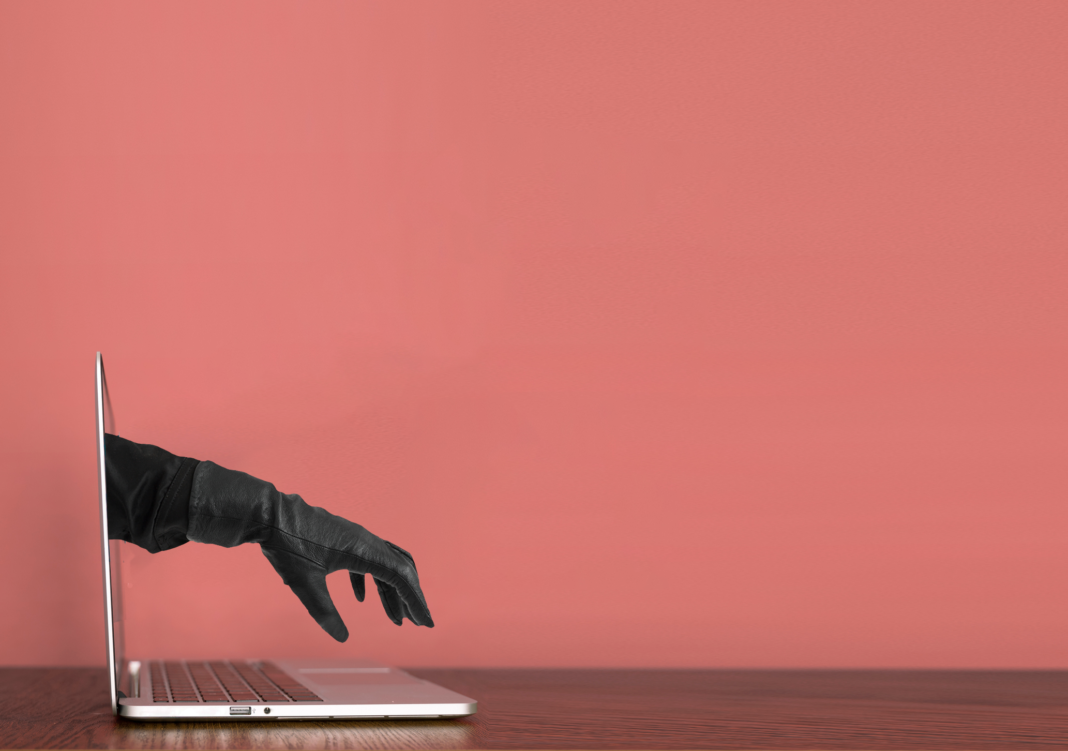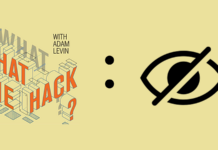Innovation can create new problems, and often even new industries. Two and half millennia after the invention of the wheel, we have traffic jams–made possible by the auto industry and Big Oil. That’s two industries right there. Fast food and high fructose corn syrup caused worldwide obesity, and gave rise to factory farming as well as the diet industry. (That’s two more!)
More recently, privacy has been a recurring issue when it comes to innovation, but it was a problem pre-Internet, as well.
Credit cards opened the door to overspending and account takeover as well as a host of privacy concerns around who gets to know your spending and bill-paying habits. Then there’s EZPass and FasTrak. Who doesn’t love automated toll roads? (Hint: People who don’t like being tracked.) The list is potentially endless, but no innovation has given rise to as many industries in the last fifty years than the Internet.
(Yep, the Internet is eligible to join the AARP this year!)
User privacy is an essential part of keeping your data and identity safe online; it’s something we talk about regularly on our podcast “What the Hack with Adam Levin.”
It’s no easy task to identify the 10 biggest Internet-related privacy failures masquerading as the next best thing since the World Wide Web, but here it goes.
Anyone who has worked in IT or tried to walk a less-than-tech-savvy relative through a printer problem over the phone knows why remote desktop software rocks. Everyone who’s been tricked into providing a stranger access to their computer using that software knows there’s a downside.
#6 Remote Desktop Software
Remote desktop software creates a digital tunnel for a third party (your tech-savvy relative, a hacker) to take control of your mouse and troubleshoot on your machine from somewhere else–anywhere else, which is exactly the problem with this software. Taking full control of another person’s computer is cool, especially if you are a scammer.
A number of scams exist that take advantage of this simple technological advance. It could be a phishing email or text, where a threat actor leads you to believe that there’s a problem on your machine and requests access to fix it when the only thing they do once they’re in your machine is steal credentials and otherwise compromise your digital life.
But that’s not the only issue. “Free” remote desktop products can collect information from devices, especially if the software is not un-installed once the remote work has been completed. Outdated or subpar remote desktop software that doesn’t use end-to-end encryption could allow information relayed from one computer to another to be intercepted by a hacker.
If you’ve downloaded remote-access software, uninstall it. While you don’t need it anymore, there’s a chance it needs you, or at least whoever put it there is enjoying free access to your computer.
<< Smart IoT Devices || Read the full article || Public Wi-Fi >>










